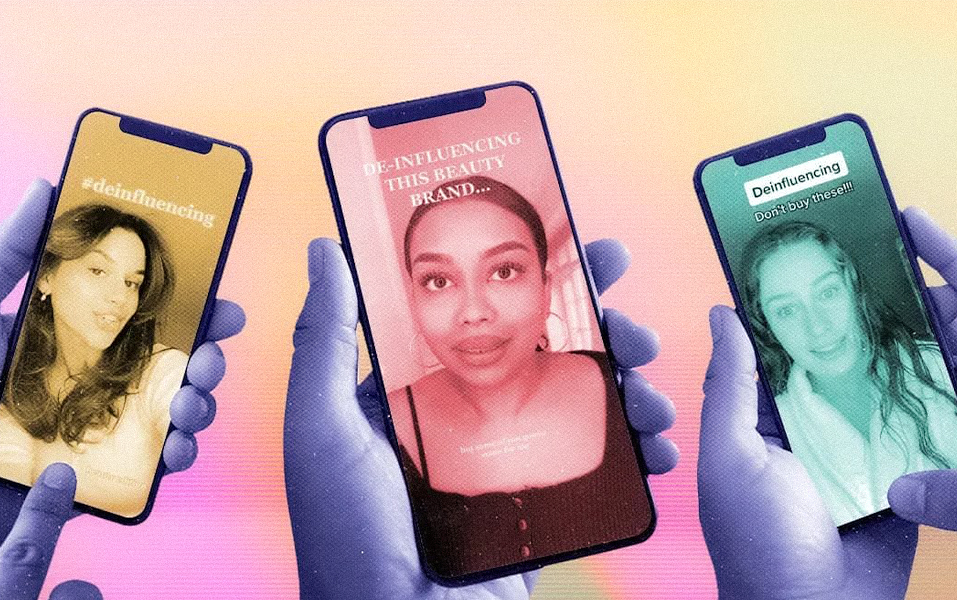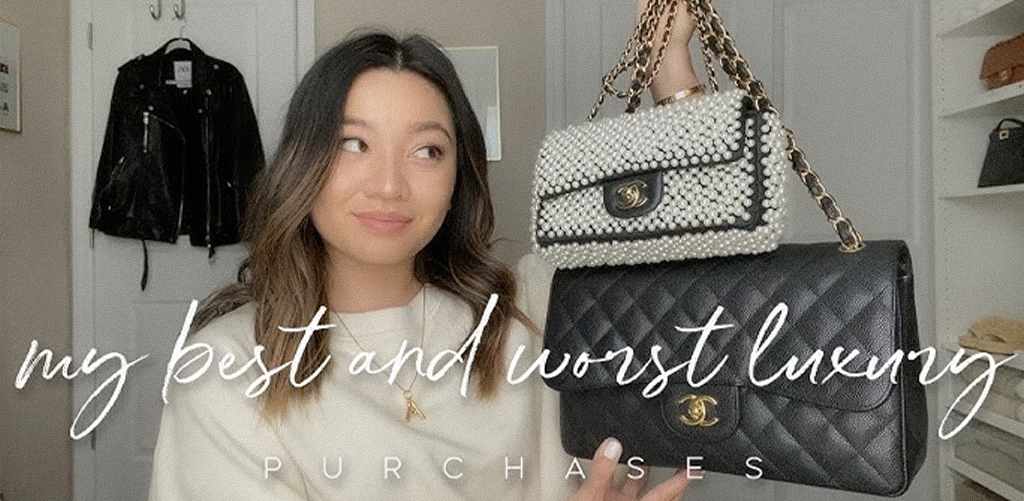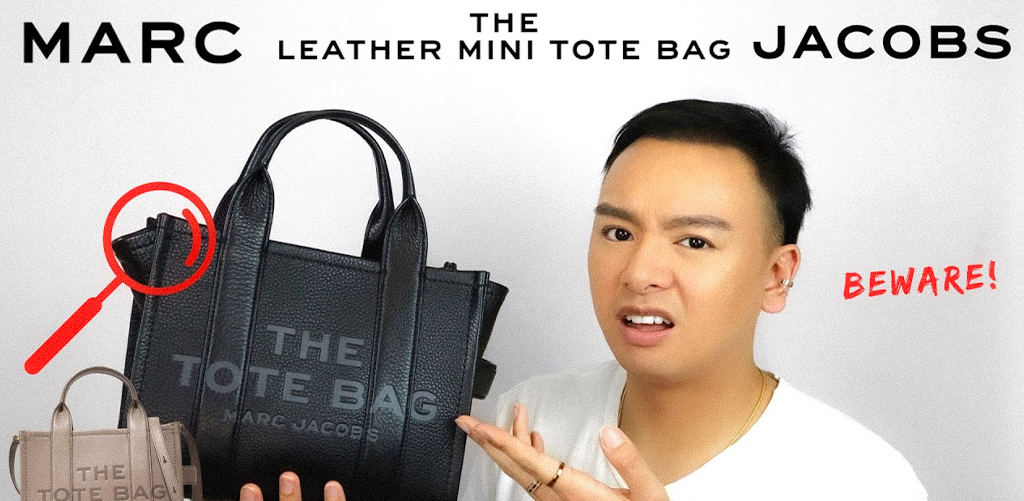

What if the next big fashion statement is saying “No” to the latest trends? Social media has always dictated what’s “in,” but now, a new wave of influencers is flipping the script. Enter de-influencing—the trend where fashion bloggers and content creators expose overhyped fashion products, urging their followers to make smarter choices. But why is this movement gaining traction, and what should aspiring fashion stylists learn from it? Let’s dive in.
For years, fashion influencers have promoted must-have products, but with endless sponsorships, consumers have started questioning authenticity. De-influencing is the response—a movement where influencers expose products that don’t live up to the hype.
For example, TikTok creator Alyssa Lenore critiques luxury handbags that aren’t worth the price tag, while Matilda Djerf warns against fast fashion knock-offs that compromise quality.

At JD Institute’s Fashion Styling course, students learn how to build credibility in personal branding—an essential skill for navigating today’s fashion industry.
De-influencers have put the spotlight on several fashion products for all the wrong reasons.


Aspiring stylists must learn how to differentiate between true quality and marketing hype—something the JD Institute’s Fashion Styling program focuses on through practical training.
With excessive sponsored content, many consumers now prefer honest reviews over paid promotions.
For instance, Mikayla Nogueira, a beauty influencer, faced backlash for allegedly exaggerating a mascara’s performance. This incident fueled the de-influencing trend, proving that transparency is more valuable than endorsements.

In India, creators like Komal Pandey, known for her dramatic yet relatable style transformations, have increasingly opened up about the pressure of trends and the beauty of finding one’s authentic voice.
Fashion stylists must adapt to this new landscape. Learning how to communicate authenticity while maintaining industry credibility is something JD Institute emphasizes through its Fashion Styling course.
If you’re an aspiring stylist, here’s what you should take from this trend:
These insights are crucial for any stylist who wants to be taken seriously in today’s more aware, more conscious fashion world.
While trends come and go, consumer awareness is here to stay. Brands are already shifting toward transparent marketing, and fashion professionals must stay ahead of this shift to remain relevant.
If you want to build a career that blends style with smart decision-making, the Fashion Styling course at JD Institute teaches students how to critically assess, curate, and communicate fashion choices with confidence.
Because in the future of fashion, it’s not just about what to wear—it’s about knowing what not to wear.
The future belongs to stylists who can style smart. Are you ready to be one of them?